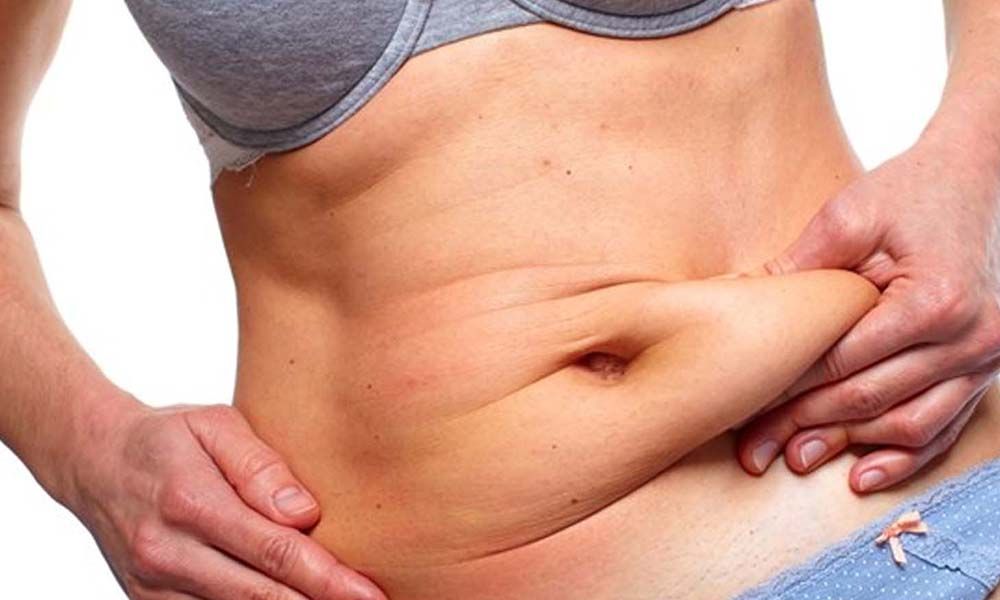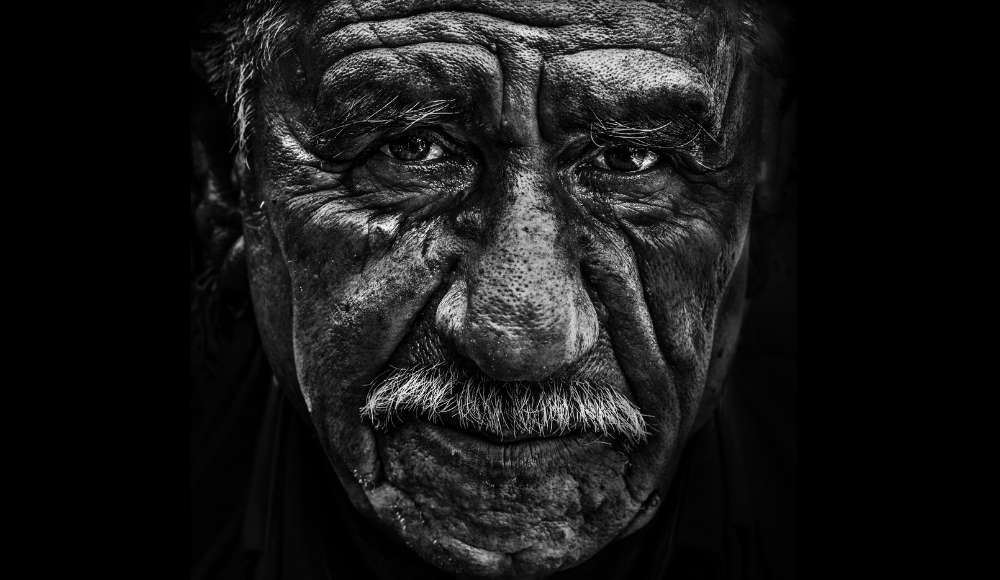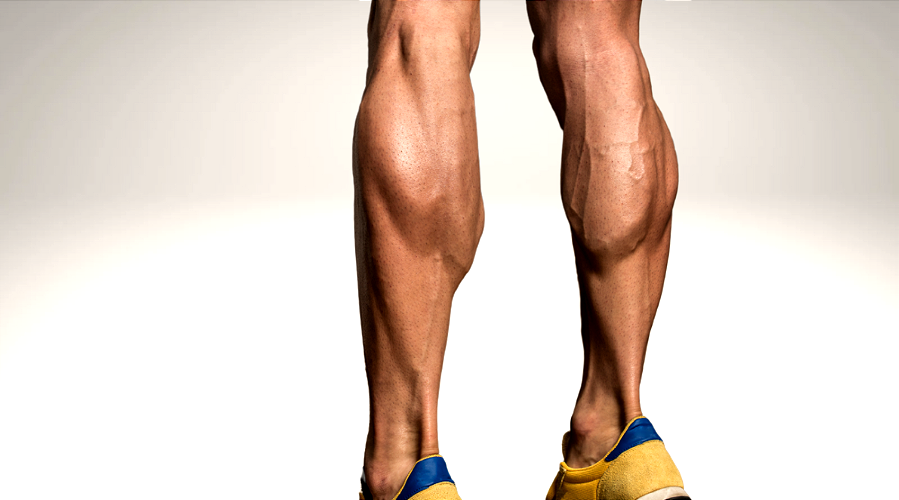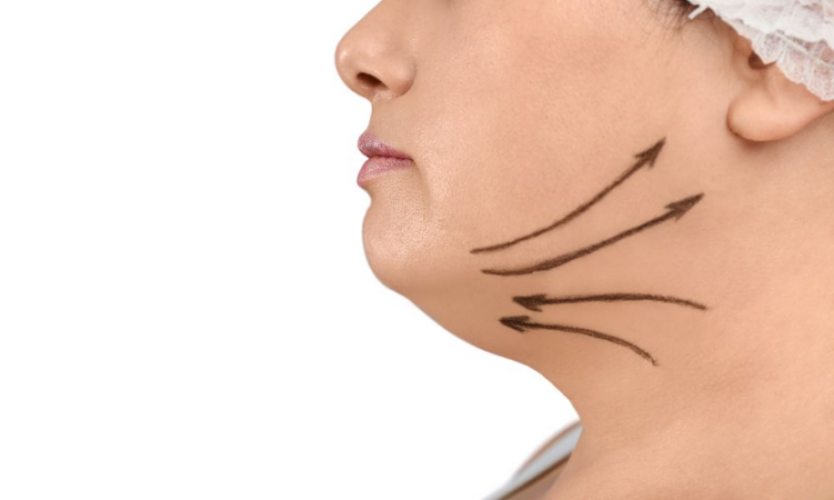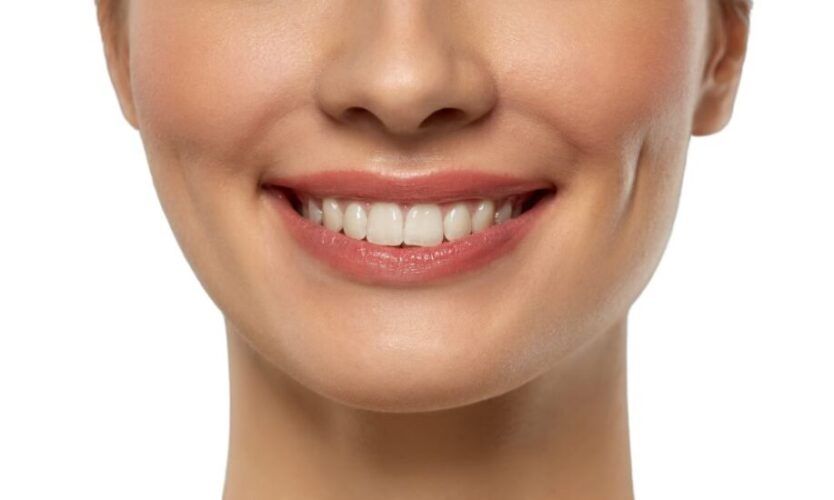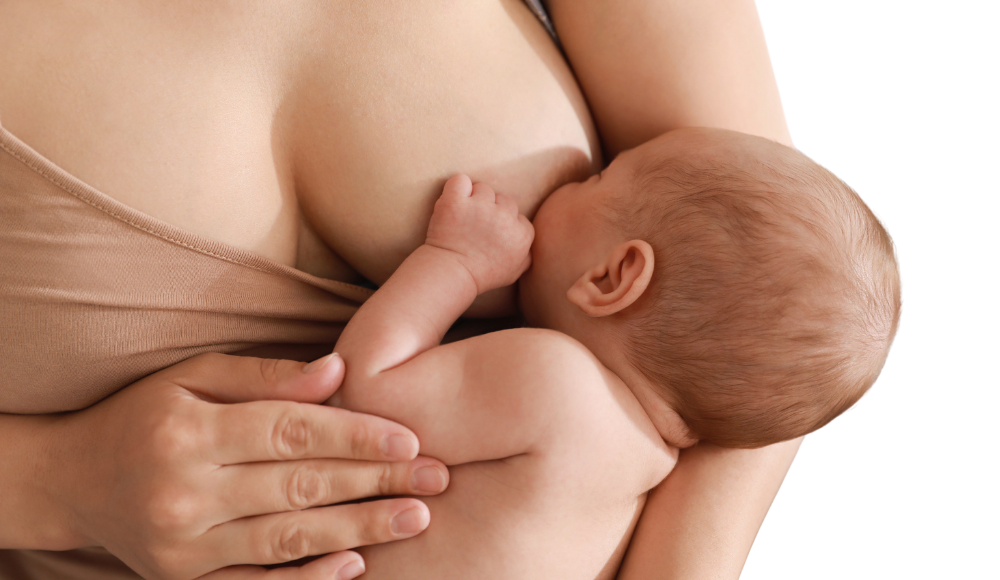Abdominoplasty is popularly known as “tummy tuck” is a procedure that removes excess fat and skin and tightens the abdominal muscles to give a flat rejuvenated appearance. This surgery should not be considered as a measure to reduce weight and is to be kept as a last resort for people who had exhausted all other measures to lose weight.
Abdominoplasty can be considered for both males and females with stable weight and good general health. It is usually done after pregnancies to remove the flabby, hanging and striated skin and to tighten the stretched abdominal muscles. Also done in obese men and women to remove loose skin after losing weight.
Liposuction should not be considered the same as abdominoplasty as it is a different cosmetic surgery procedure but can also be done along with abdominoplasty to give a better body contour.
When to avoid abdominoplasty:
- If a woman still planning to have further children
- If still continuing to lose weight
Abdominoplasty procedure:
Abdominoplasty procedure is generally done under general anesthesia. The incision is made lower in the abdomen skin at the same level as pubic hair and extends from hip bone to hip bone. The excess skin is removed and shaped as required and muscles are tightened. Another incision is done around the belly button to free it from the surrounding tissue and to position at a new proper location. Sometimes drainage tubes may be kept under the skin and these are removed in few days as the surgeon decides. Bandages are applied over the stitched site. After surgery, it is recommended to wear compression garments and instructions are given on how to position themselves while sitting or lying down.
Usually, it is better to avoid strenuous activities for four to six weeks.
Should avoid smoking three weeks before and after surgery.
Side effects and Complications:
- Swelling and pain, medications will be provided for a few days for pain.
- Soreness, numbness, bruising might last a few weeks to several months.
Complications can include:
- Scar
- Hematoma (bleeding)
- Infection
- Seroma (accumulation of fluid)
- Delayed wound healing
- Loss of skin
- Changes in skin color
- Long-lasting swelling
- Fat necrosis (death of fatty tissue located deep in the skin)
- Wound separation
- Asymmetry
- There is an increased risk of complications if there is poor circulation, diabetes, heart, lung, or liver disease, or if you smoke.
Recovery
The appearance completely changes after the procedure and their rejuvenated look can boost their self-confidence. A proper diet and regular exercise are very important to maintain a new appearance.

